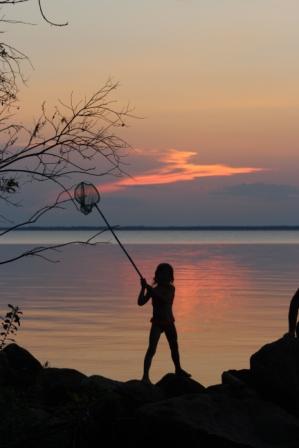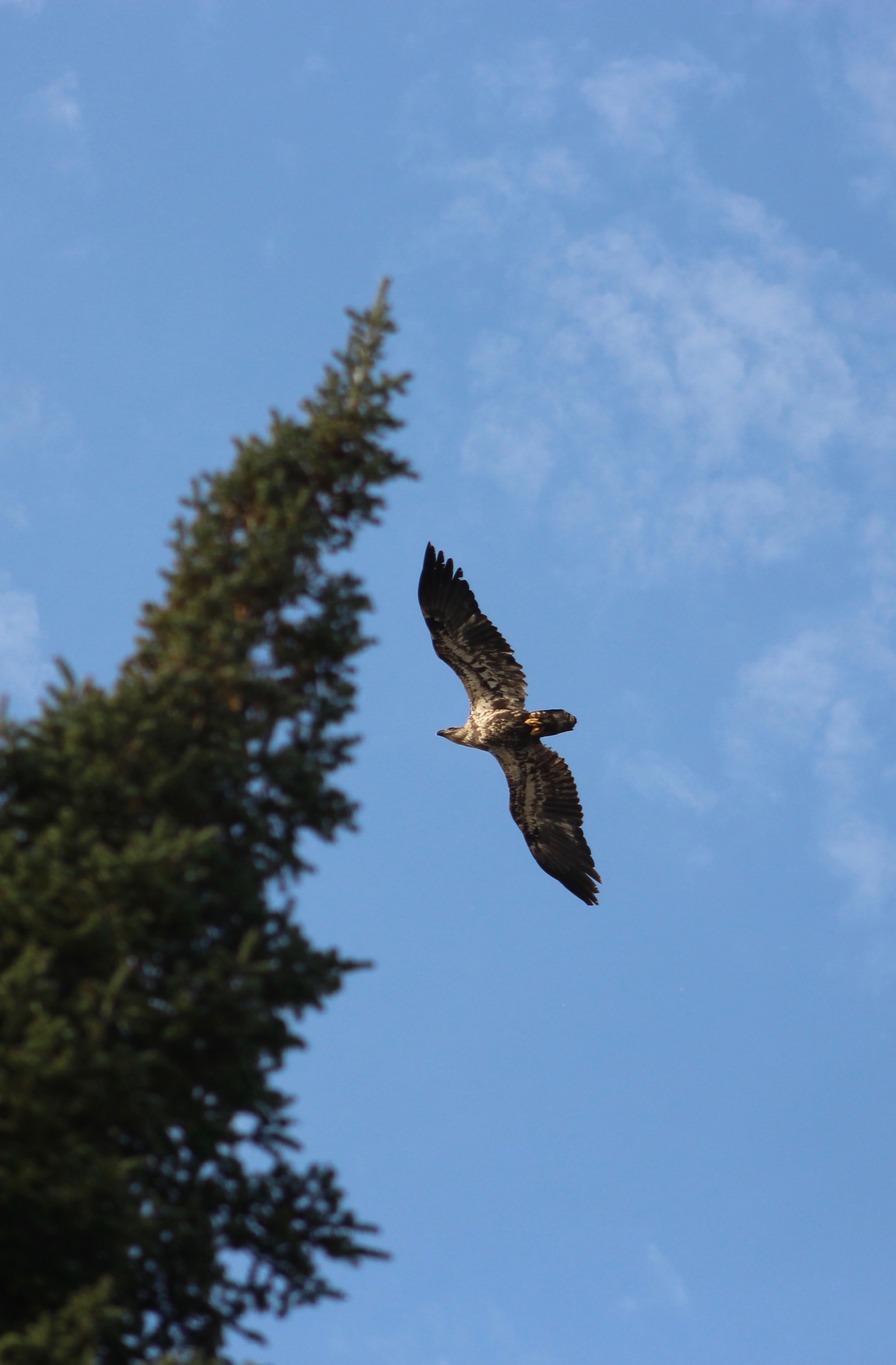It’s not exactly news that Canada is a beautiful country. Even if you’ve never set foot in this fair land, you’ve surely seen the pictures. Canada’s vastness is second only to its ecological diversity — virtually every temperate and arctic biome is represented here.
Lori Janeson, a longtime Manitoba resident who splits her time between the city of Winnipeg and a rural vacation home on the shores of Lake Winnipeg, knows a thing or two about Canada’s natural beauty. As an budding nature photographer, she spends much of her time out in the field. She hasn’t been to every great place to snap outdoor photos in Canada — no one has, because that would take lifetimes — but she’s done more than most.
Here’s why she’s so in love with photographing her home country — and why it might just be time for you to pick up your camera and head north.
Lori Janeson: Why I’m Spending More Time on Lake Winnipeg
There’s no place like home.
For Lori Janeson, home — at least, part of the time — is Lake Winnipeg, Canada’s sixth  largest lake. Specifically, we’re talking about Hecla Island and its environs, protected by Hecla Grindstone Provincial Park.
largest lake. Specifically, we’re talking about Hecla Island and its environs, protected by Hecla Grindstone Provincial Park.
Lake Winnipeg is enormous; Janeson freely admits she hasn’t seen the entire thing. Way up north, where improved roads are few and far between, simply accessing the shore is a challenge.
There are plenty of places to photograph within a couple hours’ drive of Winnipeg, though. The town of Gimli, arguably the epicenter of summer tourism on the lake, offers a great blend of rustic and urban photography. The Icelandic Festival of Manitoba, held here each year (and every year since the late 19th century), provides a wealth of human subjects; Viking Park, the town’s unofficial outdoor gathering place, sports a gaudy Norse warrior statue that’s required viewing for first-time visitors.
Further north, on Hecla Island, things get wilder. (In the purest sense of the term.) Lori Janeson has spent more hours than she can count waiting atop the wildlife viewing towers at Grassy Narrows Marsh, holding out for the perfect shot of a blue heron stalking the waters or an elusive moose browsing the forested edges.
An avid kayaker, Janeson spends plenty of time on open-water photography, too. The land looks a whole lot different from the water, after all, and many geological formations that aren’t clearly visible from shore are easily captured by boat.
Home on the Range
Janeson isn’t originally from Manitoba. She grew up in rural Saskatchewan, several hundred kilometers to the west.
Her family still owns a farm out there — they raise canola, mostly, on about 9,000 acres. Her brothers handle the day-to-day, but Lori along with her husband, David Janeson and their family have an open invitation to visit pretty much whenever they want. They take advantage almost every summer — for Janeson, it’s a great opportunity to teach her kids the value of a hard day’s work and remind them how good they have it out in Manitoba.
Saskatchewan’s wide-open prairies and endless skies also make for fantastic photo opportunities, so it’s no sweat off Janeson’s back to visit. Whenever she can beg off farm work in favor of an impromptu outdoor photo session, she does.
Great Lakes, Great Photography
A few hundred kilometers to the east of Lori Janeson’s home lies Lake Superior, the largest of North America’s five Great Lakes. (Lake Winnipeg isn’t among them.)
The shores of the upper Great Lakes are rugged, rocky, wild — a stark contrast from the gentler limestone edges of Lake Winnipeg. According to Janeson, the best time to photograph Lake Superior in particular is during one of the lake’s famous storms, which can kick up breakers taller than an adult human and swells up to 30 feet. (On a lake the size of the U.S. state of South Carolina, that’s pretty impressive.)
The Great White North: Worth the Journey
It’s often said that Canada is five thousand miles wide and one mile thick. While that’s obviously an exaggeration, it’s true that Canada’s population is disproportionately concentrated in its southern tier. The vast majority of its inhabitants live within 200 miles of the U.S. border. Head north and you’re in charted, but otherwise very thinly occupied territory.
Canada’s northern boreal forest and tundra ecosystems are vast and, for the most part, pristine. You need a plane, boat, or both to get up here, but it’s absolutely worth the journey. Where else can you take photos of caribou, Arctic foxes, polar bears, and seals — all on the same day, within a few miles of each other?
Urban Nature Photography? In Canada, It’s Not a Contradiction in Terms
In Canada, the urban-rural divide isn’t particularly stark.
With few exceptions, the country’s major cities have excellent park systems and plenty of preserved natural space within their borders. Even densely populated Vancouver — Canada’s San Francisco — has a temperate rainforest within sight of its downtown core. (Not to mention stunning views of British Columbia’s famed coastal mountains.)
Lori Janeson has been all over urban Canada, capturing unexpected images that highlight the constant push and pull between nature and human habitation. Whether she’s snapping the sunrise over Lake Ontario from Toronto’s waterfront, capturing sweeping views of downtown Montreal from towering Mont Royal, or shooting the gentle bends of the Red River in her own hometown, Janeson is at home in any environment. She’d like her fellow photography enthusiasts to be able to say the same.
Five Thousand Miles from Coast to Coast
Canada stretches some five thousand miles from British Columbia’s stunning Pacific islands to the very tip of Newfoundland’s Avalon Peninsula. In between lie some of the world’s most beautiful landscapes, bountiful wildlife, and inspiring horizons.
It’s impossible to travel through the Canadian countryside or wilderness without feeling a stirring in your soul. Lori Janeson knows the feeling well — she experiences every time she picks up her camera, packs her bag, and heads out for another round of shooting. If you’ve yet to feel it, there’s no time like the present to get started.

 If you’d like to take better wildlife, whether it’s birds or moose, follow these tips to get better photos.
If you’d like to take better wildlife, whether it’s birds or moose, follow these tips to get better photos.